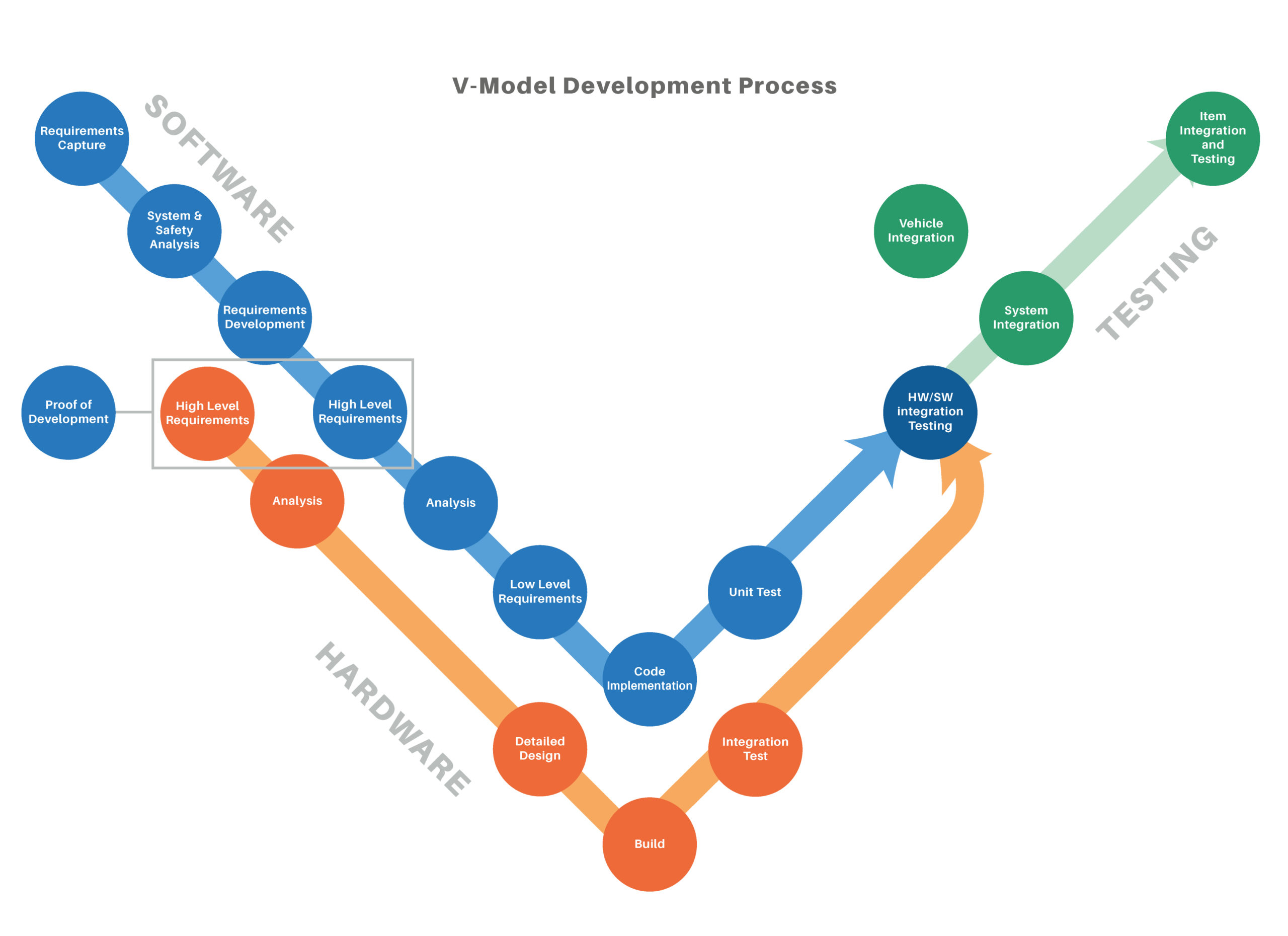Engineering Services
With more than 30 years of experience, the Dana Plymouth team offers end-to-end Product Development solutions for global OEMs and Tier 1 suppliers. Always striving to help customers overcome technology constraints, resource crunches and tight product development budgets.

